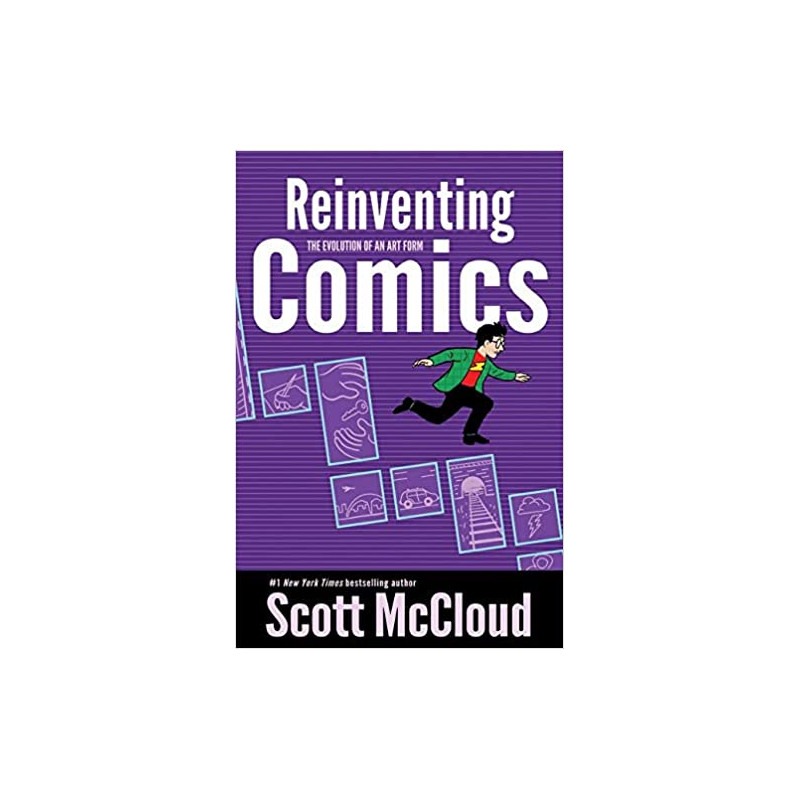

Thus, his revolutions aren’t just theoretical, they’re necessary to keep the business alive. He’s speaking from the perspective of someone thrilled by the independent explosion of the late 80s and depressed by the crash of the early 90s, an event still being recovered from at the time of the writing of this book.

He doesn’t want to use comics as a stepping stone to Hollywood, something too many people chase these days. The introduction begins - and this is the first part that surprised me, because it sounded so much like today - with McCloud saying that he’s not sure how much longer he’ll be able to make a living from comics because the business is in bad shape. Footnotes that say “see my site for details” are thus best ignored.) Be aware that that list was last updated in 2001, so many links are outdated and/or gone. They can be seen as the left column of the book’s resource page at McCloud’s site. (And because this is McCloud, each has its own little icon. They’re broken down and grouped together as a set of twelve “revolutions”, or directions for potential growth. The second is about how computers will radically change comics. As he says in the introduction, it’s really two books: The first half covers the challenges that comics faces, the battles to truly take advantage of the potential of the medium. I was surprised, then, upon rereading it, to realize how current and up-to-date the first half of it felt for a book published in 2000. But as I remembered it, Reinventing Comics was a bunch of outdated gee-whiz-aren’t-computers-cool bits and pieces. Making Comics was needed there aren’t enough good books about the practice of craft. Understanding Comics was revolutionary nothing like it had been done before in discussing the theory behind the art.

I thought of Reinventing Comics as the ugly middle child of Scott McCloud’s trilogy of books about the medium.


 0 kommentar(er)
0 kommentar(er)
